Focus on Cybersecurity
As the Automotive IoT Market evolves, the focus on cybersecurity has intensified. With the increasing connectivity of vehicles, the risk of cyber threats has become a pressing concern for manufacturers and consumers alike. The potential for unauthorized access to vehicle systems poses significant safety risks, prompting the industry to prioritize robust cybersecurity measures. Recent studies indicate that The Automotive IoT is projected to reach approximately 30 billion by 2025. This growth reflects the industry's commitment to safeguarding connected vehicles against cyber threats. Manufacturers are investing in advanced security protocols and technologies to protect sensitive data and ensure the integrity of vehicle systems. Consequently, the emphasis on cybersecurity is likely to shape the future landscape of the Automotive IoT Market.
Data-Driven Decision Making
In the Automotive IoT Market, data-driven decision making is becoming a pivotal driver of growth. The proliferation of sensors and connected devices in vehicles generates vast amounts of data, which can be analyzed to improve operational efficiency and enhance customer experiences. For instance, predictive maintenance powered by IoT data can reduce vehicle downtime and maintenance costs. Market analysis suggests that the automotive data analytics market is expected to grow at a compound annual growth rate of over 20% through 2025. This trend underscores the importance of leveraging data to inform strategic decisions, optimize supply chains, and enhance product offerings. As automotive manufacturers and service providers increasingly adopt data analytics, the Automotive IoT Market is likely to witness transformative changes.
Enhanced Vehicle Connectivity
The Automotive IoT Market is experiencing a surge in demand for enhanced vehicle connectivity solutions. This trend is driven by the increasing integration of advanced communication technologies, such as 5G and V2X (Vehicle-to-Everything) communication. These technologies enable vehicles to communicate with each other and with infrastructure, enhancing safety and efficiency. According to recent data, the number of connected vehicles is projected to reach over 500 million by 2025, indicating a robust growth trajectory. This connectivity not only improves the driving experience but also facilitates real-time data exchange, which is crucial for applications like navigation, traffic management, and emergency response. As consumers increasingly seek vehicles equipped with smart features, the Automotive IoT Market is poised for significant expansion.
Consumer Demand for Advanced Features
Consumer demand for advanced features is a key driver in the Automotive IoT Market. As technology continues to advance, consumers are increasingly seeking vehicles equipped with smart features that enhance convenience, safety, and entertainment. Features such as advanced driver assistance systems (ADAS), infotainment systems, and remote vehicle management are becoming standard expectations among buyers. Market Research Future indicates that the global market for automotive infotainment systems is expected to exceed 40 billion by 2025. This growing demand for innovative features is prompting manufacturers to invest in IoT technologies that can deliver enhanced functionalities. As a result, the Automotive IoT Market is likely to experience sustained growth as it adapts to evolving consumer preferences.
Sustainability and Environmental Regulations
The Automotive IoT Market is increasingly influenced by sustainability and environmental regulations. Governments worldwide are implementing stringent emissions standards and promoting the adoption of electric vehicles (EVs) to combat climate change. IoT technologies play a crucial role in this transition by enabling efficient energy management and optimizing vehicle performance. For example, connected EVs can utilize real-time data to enhance battery life and reduce energy consumption. Market forecasts suggest that the electric vehicle market will grow significantly, with projections indicating that EVs could account for over 30% of total vehicle sales by 2030. This shift towards sustainable mobility is driving innovation in the Automotive IoT Market, as manufacturers seek to develop eco-friendly solutions that comply with regulatory requirements.

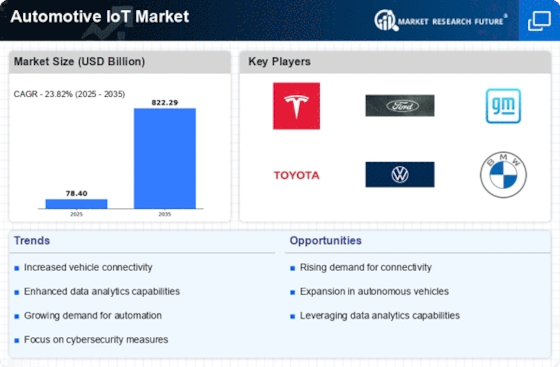
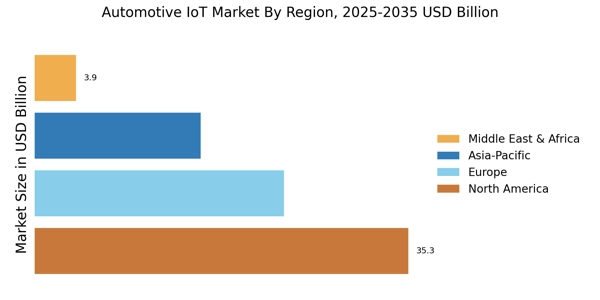
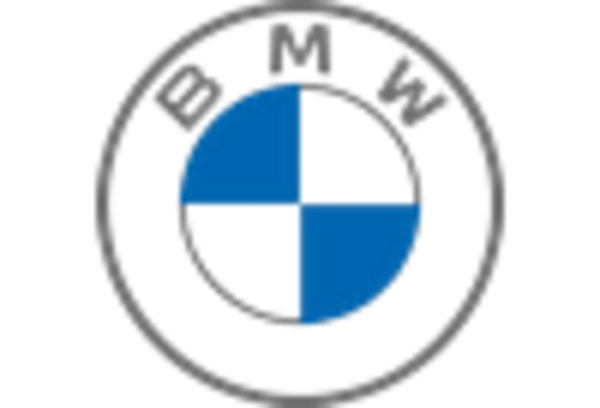
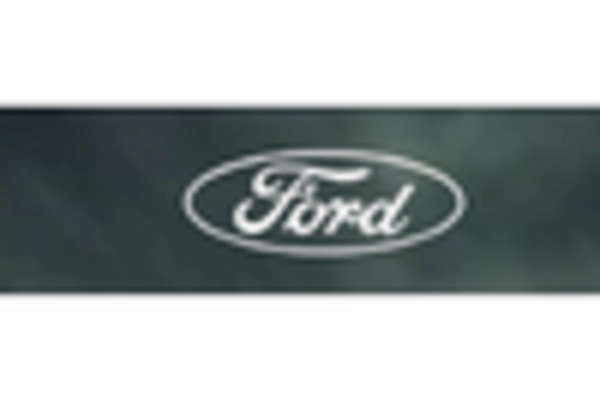
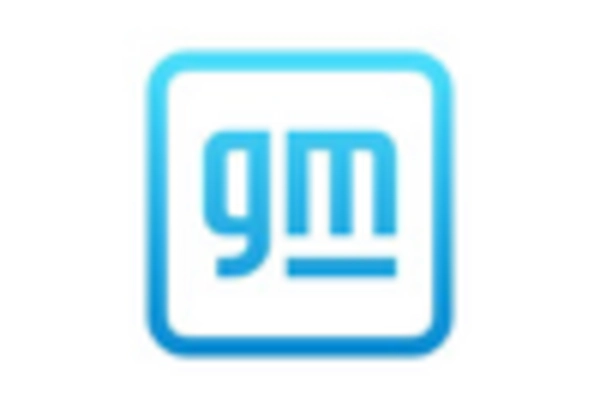

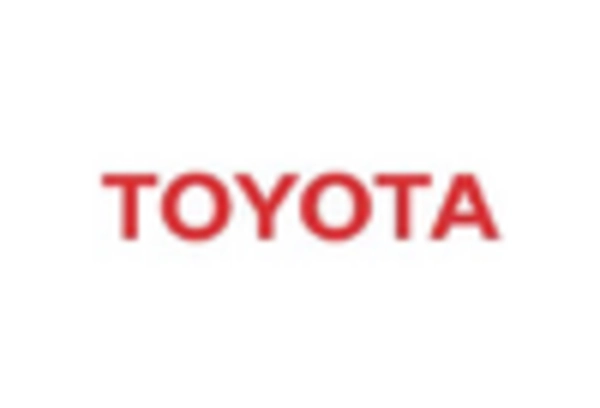









Leave a Comment